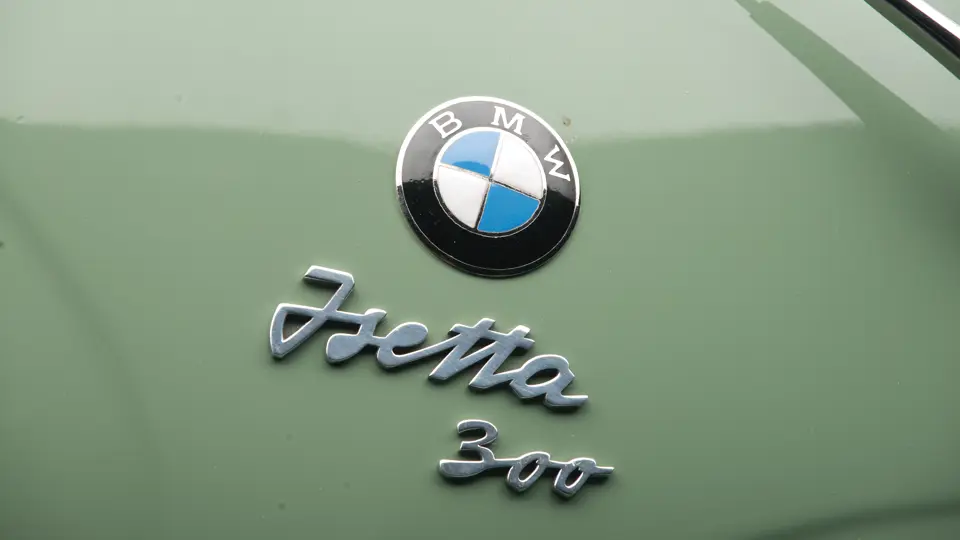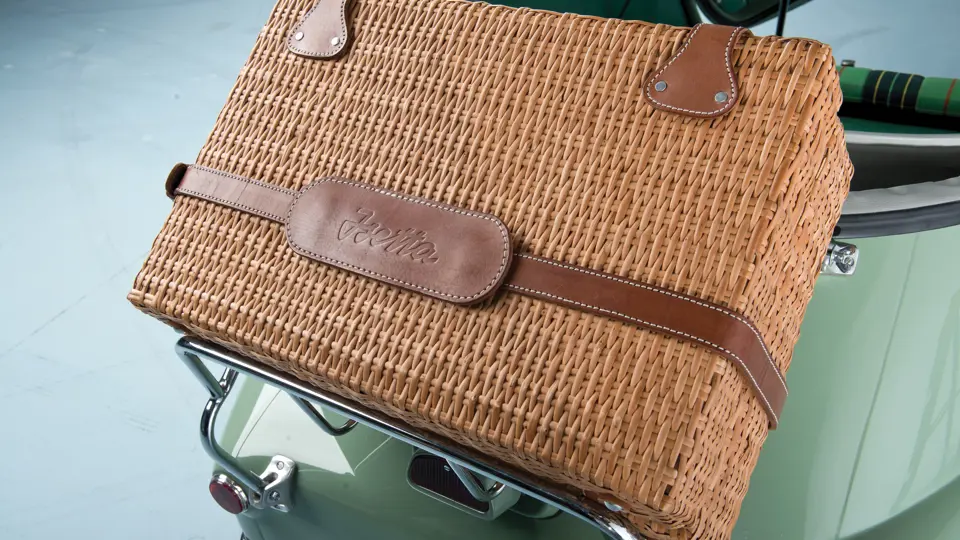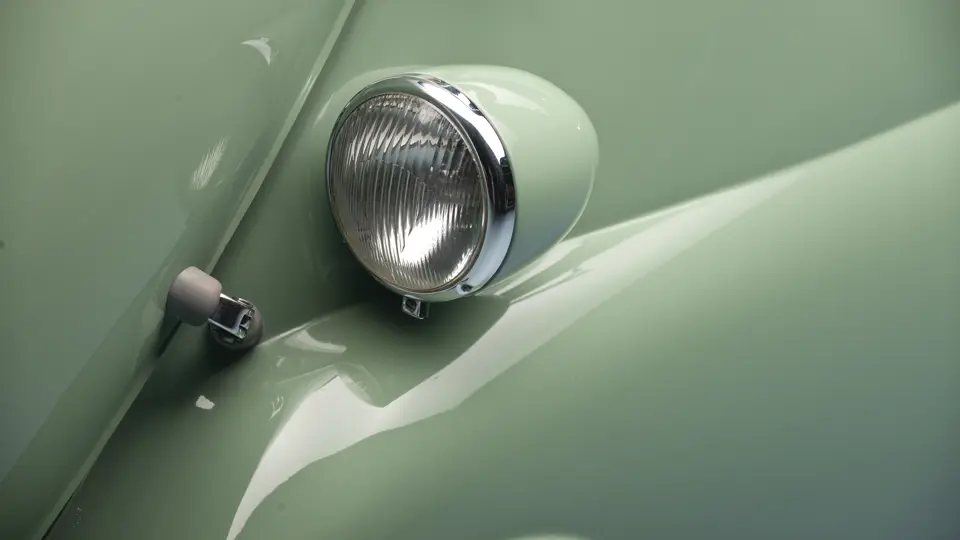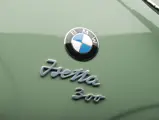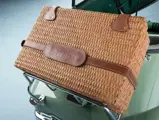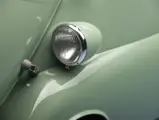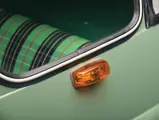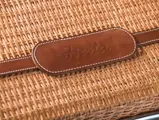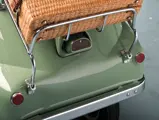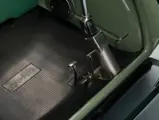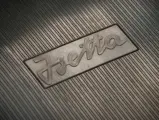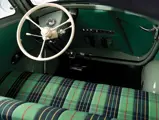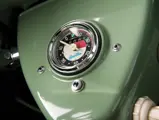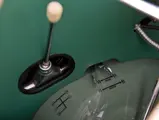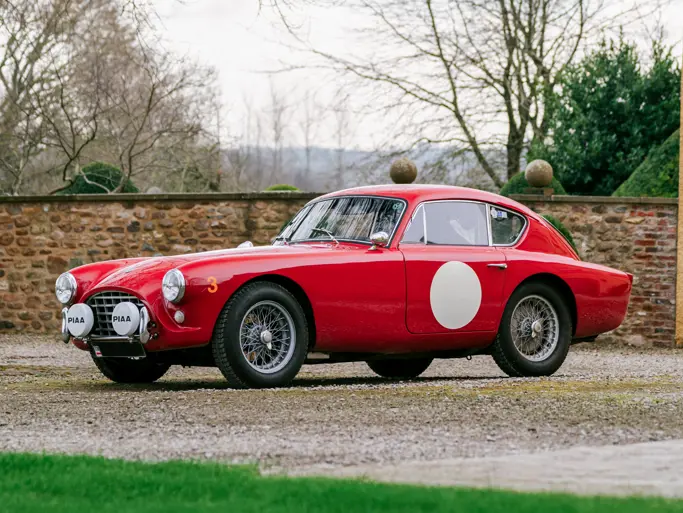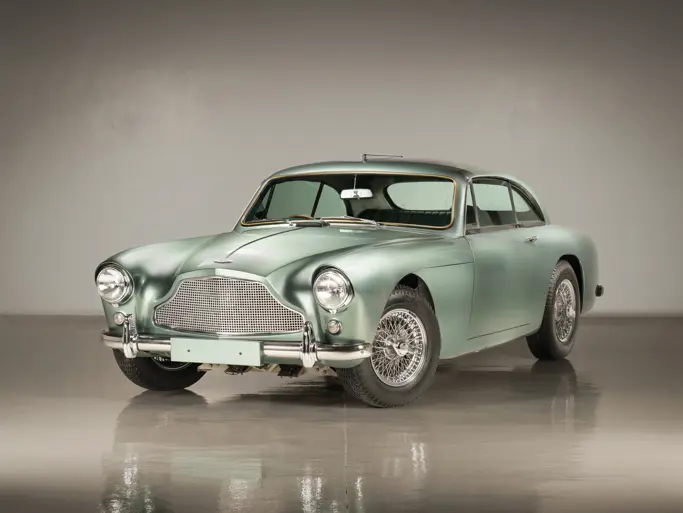The most desirable variant, in cabriolet form with “tropical vents.”
SPECIFICATIONS
Manufacturer: Bayerische Motoren Werke
Origin: Munich, Germany
Production: est. 50
Motor: BMW 4-stroke
Displacement: 297 cc
Power: 13 hp
Length: 7 ft. 6 in.
Identification No. 495137
Seeking greener pastures, Renzo Rivolta sold his Isetta minicar and his plans, tools, and equity to Bayerische Motoren Werke, of Munich, in 1954. BMW, founded on aero engines, matured with motorcycles and the production of some fine sports cars before World War II. Left in a precarious condition after the war, the factory was in ruins and cash was short. A range of large, bulbous cars, disparagingly called “Baroque Angels,” failed to ignite the interest of the public. Management decided to take a gamble on something completely different: the Isetta.
The Isetta furnished BMW with a readily-saleable economical car, particularly popular in 1956 and 1957 when the Suez Crisis interrupted oil supplies to Europe. Over the eight years that it remained in production, more than 160,000 were built, not counting Isetta production that continued in France, Belgium, Spain, and Brazil. It can be argued that the Isetta was a vital ingredient in BMW’s post-war recovery, enabling the embattled firm to weather the death of popular, conventional passenger cars. In hindsight, it seems almost counterintuitive, but history is often convoluted.
All BMW Isettas had fabric sunroofs. However, a few, like the example offered here, were built as full cabriolets, with the rear portion of the roof collapsible in the manner of a conventional convertible. Only about 50 were produced, most of them exported to either the United States or South America.
This cabriolet has the rare “tropical” vents in the door. Superbly restored, it has light green paint, bright green plaid upholstery, and an accessory luggage rack with an Isetta-script wicker picnic hamper on the rear. The two-section top is canvas, the forward portion rolling back in the manner of the usual sunroof and the rear part folding down onto the rear deck. The result is a truly open-air Isetta in Targa fashion. Detailing is of the finest order, with hardly a blemish to be found. Among the rarest of all Isettas, this model is certainly the most sought-after and desirable. As offered here, it presents an opportunity not soon to recur.




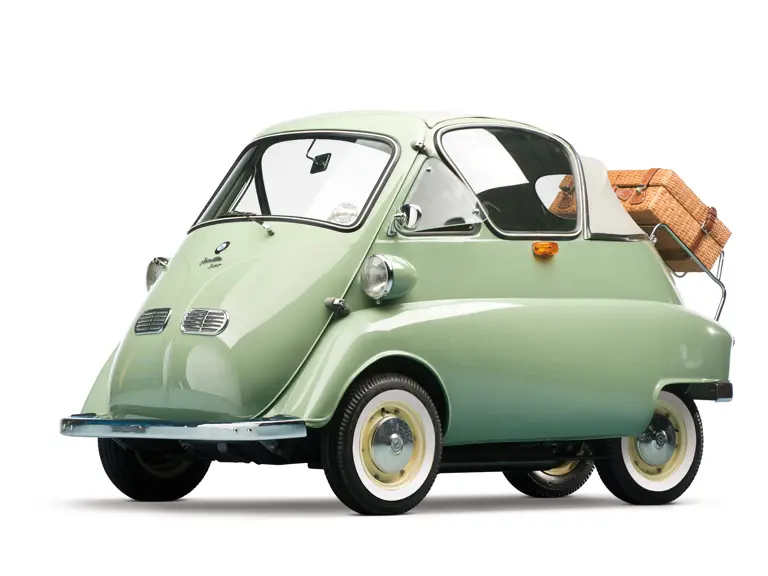
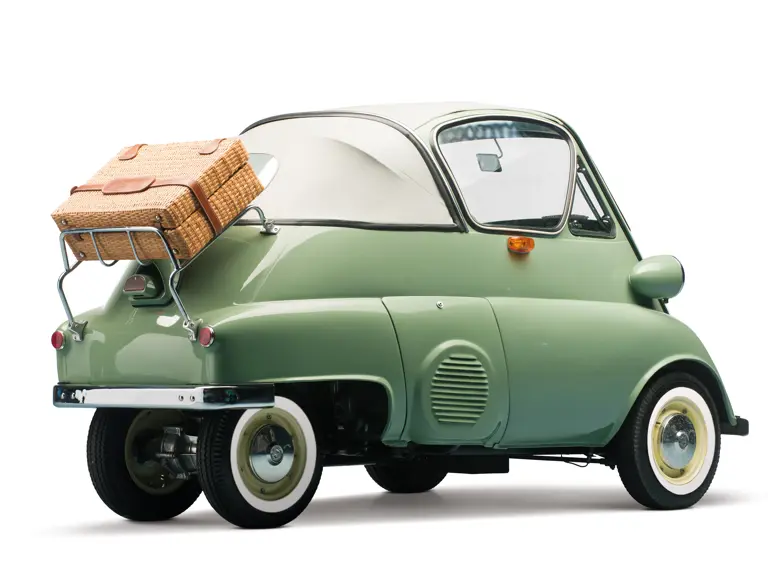

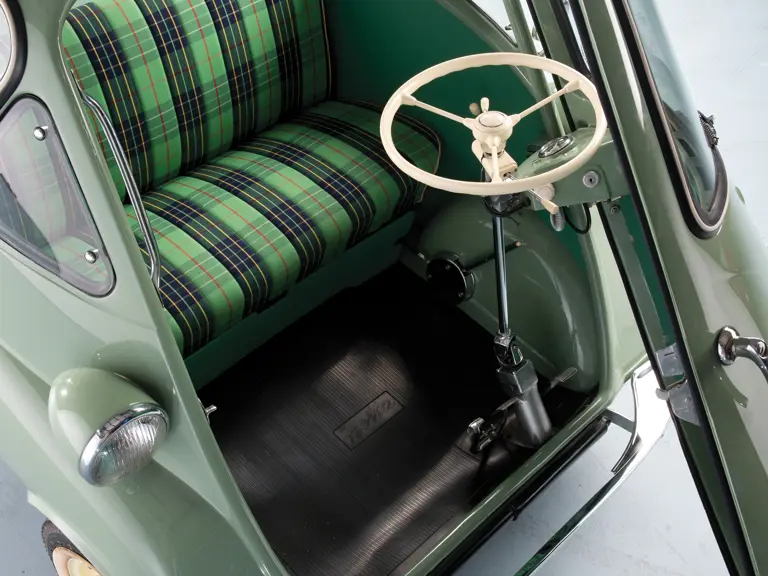

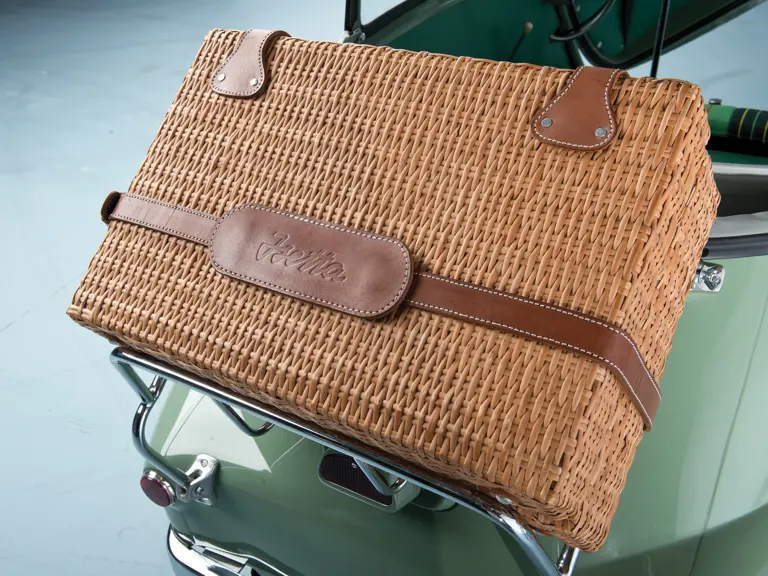

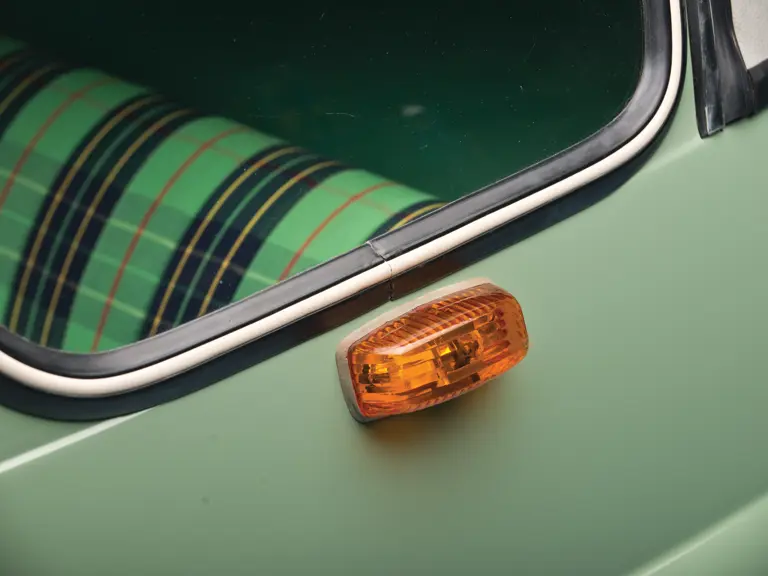
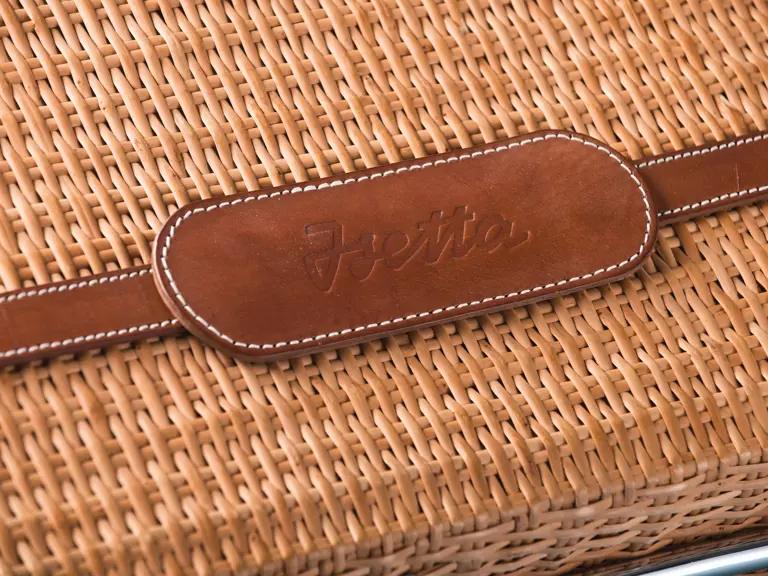
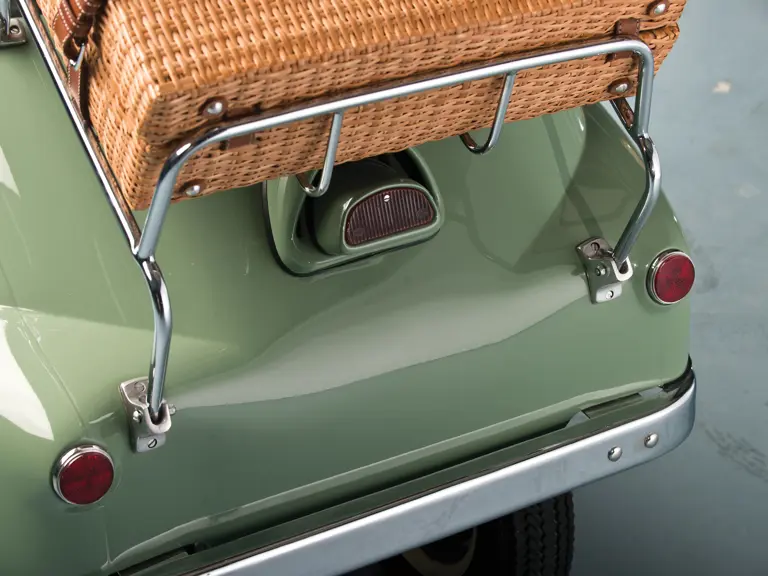
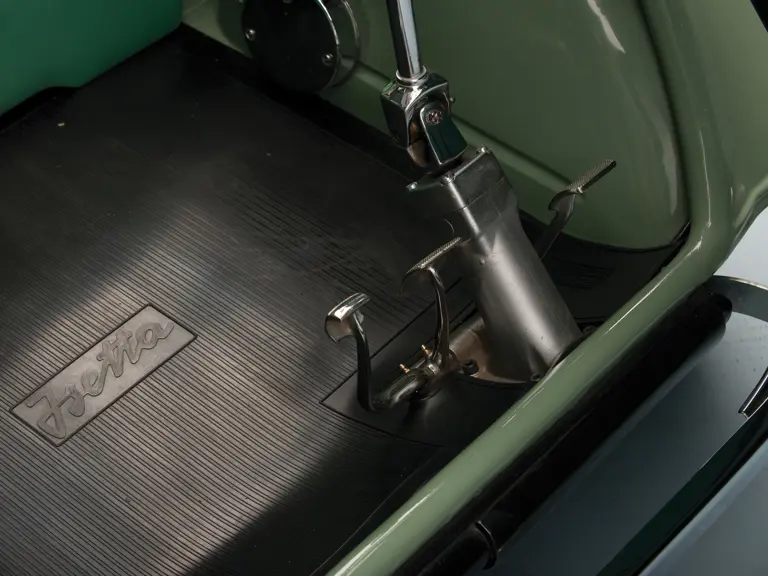
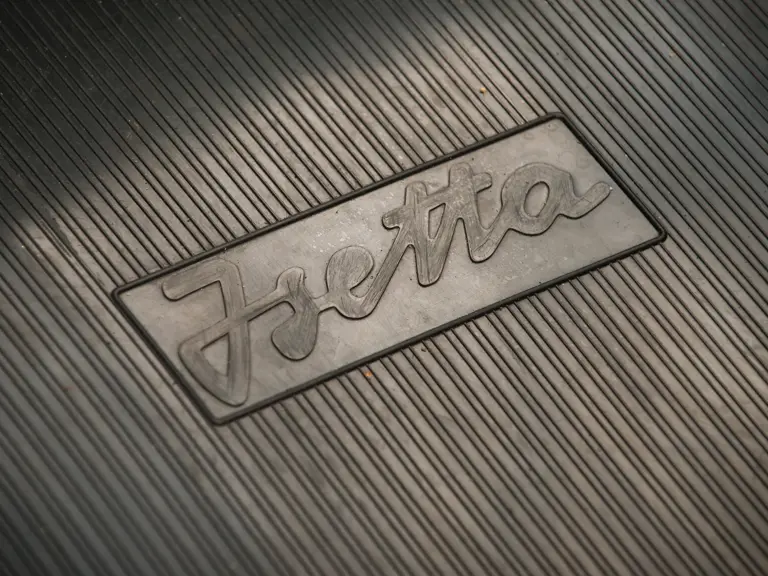
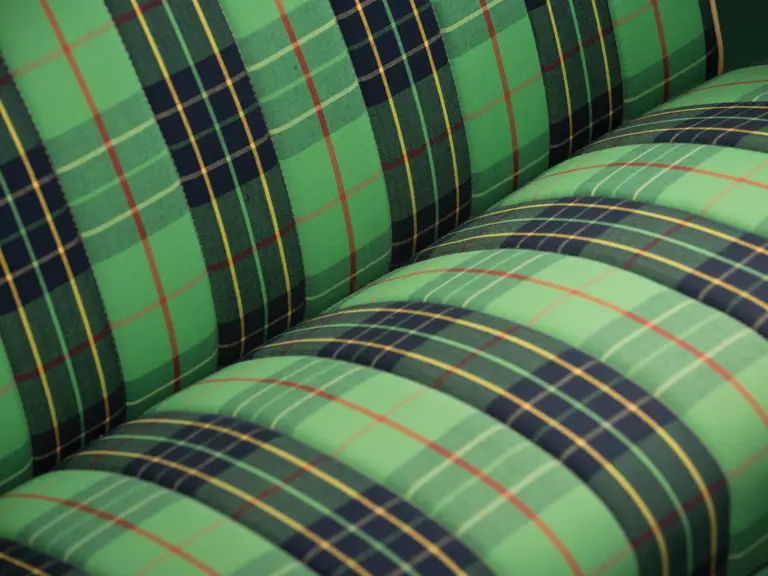
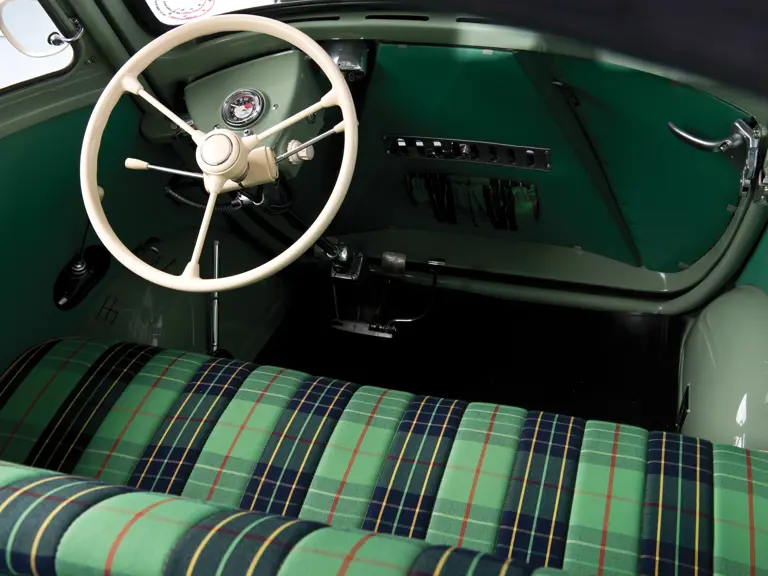
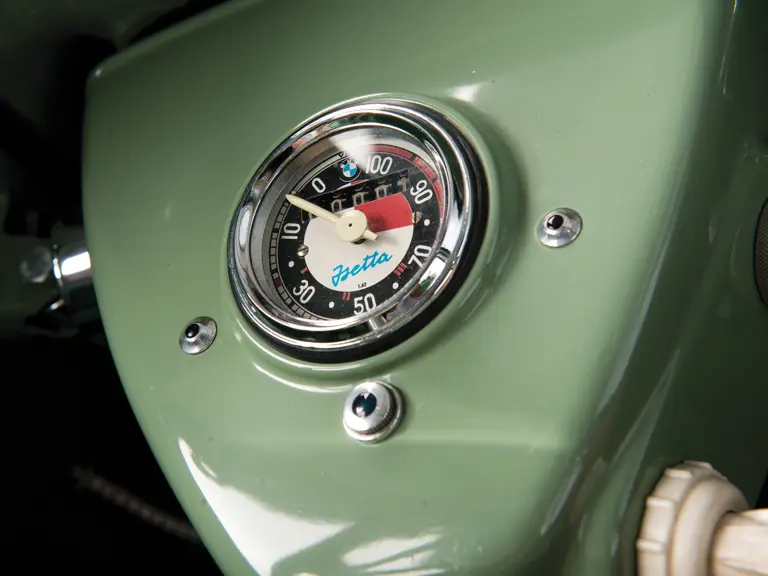


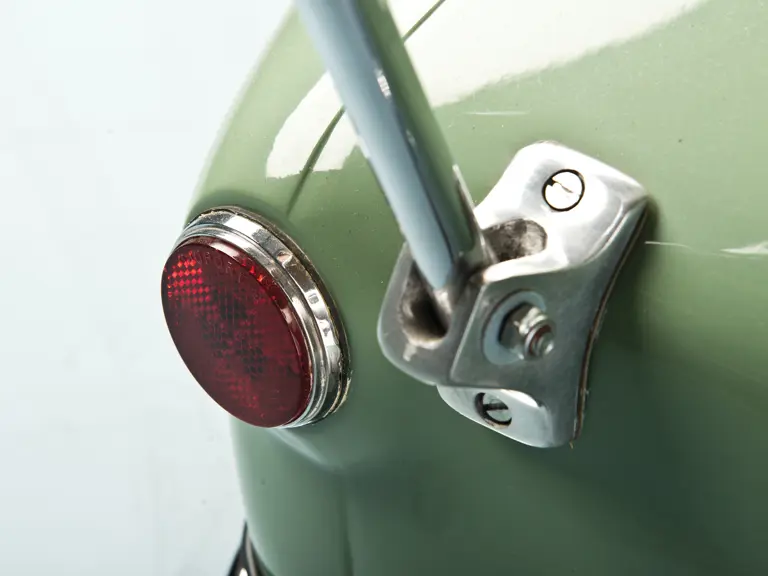
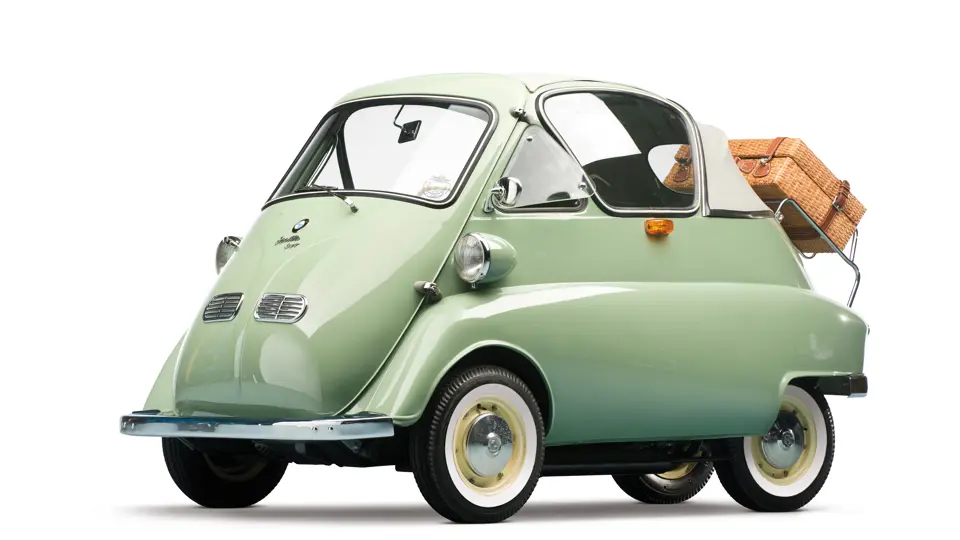
 | Madison, Georgia
| Madison, Georgia
